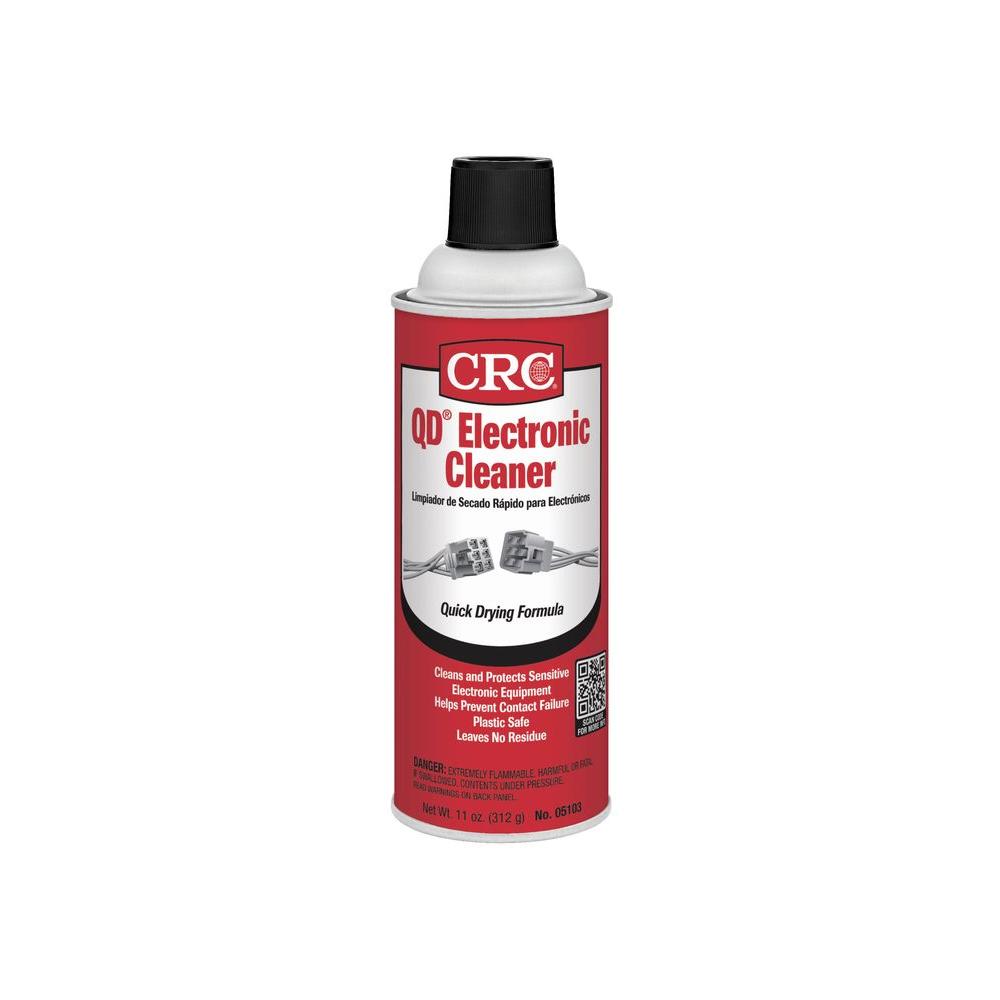Does anyone have experience in taking apart an LGB ball bearing wheelset? I have a couple that have seized (ie will not roll) and need cleaning.
Thanks
Stan
Does anyone have experience in taking apart an LGB ball bearing wheelset? I have a couple that have seized (ie will not roll) and need cleaning.
Thanks
Stan
Stan, my experience is that when this happens, the races and balls are so damaged, it’s not worth repairing.
In the case of electrical pickup, they are shot.
If you just want them to turn again, and accept their rolling resistance will not be optimal, try shooting a spray solvent into them (electronic parts cleaner is plastic safe) using the nozzle aimed into the bearing while trying to turn, sometimes this will flush the rust out.
(the can comes with the small diameter red tube to concentrate the spray)
I’m pretty sure you cannot disassemble the ball bearings themselves.

Greg
Thanks
We are running a display layout that is covered with polyester batting and some of the fiber batting has found its way into the bearings. The only solution is to take them apart to remove the fiber. Alas someone also oiled the wheel after the fiber was inside to I expect the insides are a real gooey mess.
If I can get the wheel off the axle without damaging the unit I can likely clean it out and put it back in service. Before I do this I thought I would ask if others had experience taking one apart.
Thanks
Stan
Wow, I was assuming rust, most common, or perhaps grit…
So my recommendation would be:
the electronics parts cleaner followed by high pressure air… you should be able to wash out all lubricant.
Continue high pressure compressed air while slowly rotating the wheel… I would expect the clearances between the balls and the races would eventually chop up the fibers in smaller chunks that could be blown out.
Let me know if this works…
Greg
Greg has a good idea. However, spin it slowly as he states, DO Not let the bearing spin freely at a high rpm, it will damage it. Bearings have been known to disintegrate if spun with compressed air at high speeds.
Bill
Very good suggestions here, particularly I like Greg’s use of electrical contacts spray cleaner.
I recently was installing Massoth LED light strips into two LGB Christmas cars using LGB roller bearing electrical pickup wheel sets. I used one set of used ones I had in my inventory. I couldn’t figure out why I wasn’t getting power to the LED strip with the used set of wheels and finally discovered one of the wheels in the used set wasn’t picking up the power from the track. I marked it defective and pulled out another used axle wheel set and the setup in that train car then worked. So, when I get a free moment, I’ll try some of Greg’s electrical spray on the wheel…I have a can of it out in the garage.
This brings up another good point. After anyone cleans a roller bearing wheel set, do an electrical connectivity test of it before installing to make sure it works okay. You can use a cheap electrical circuit connectivity testing pen, or, you can use a simple set of two wires connected to a light bulb 12 - 25 volts. See photo.
The important thing to remember, is that even if the wheels are stainless steel, the bearings are not, and will rust. At some point I will experiment with some kind of dry lube that coats the surfaces… I’ve seen some spray moly recently that comes out and adheres like paint.
Greg
Sorry for the late reply. Its been rather busy lately.
I decided to fully take apart the wheel as the best way forward. Worked great and also fixed one poor contact.
What I did was first to remove the axle and then it is possible to pull the parts apart. Once all the plastic is away from the bearings it is easy to work on them and not only get the fiber out but also use solvents that are not plastic compatible to thoroughly clean the bearings. Spun it on a slow drill (but much faster then it will run in service) to really get it back in service. Then cleaned it up and oiled it with plastic compatible oil.
What I also found was that the electrical contact is through a very small piece of metal touching the bearing. Cleaned it up bent it a little to provide more pressure. Once reassembled the wheel now rolls well and has excellent electrical contact.
Based on what I found the electrical problem some have found are likely not the bearing but this small electrical contact getting dirty.
Stan
Greg et al - I use ZAP Rail-Zip2 on my indoor layout occasionally, and more so on my outdoor layout, at each rail joint and on the LGB switches (the metal switch plate). It acts to restore electrical connectivity and prevent existing corrosion, and as an lubricant…it’s also plastic safe. I’m thinking it would work better on the ball bearings than the oil several of you have mentioned. Thoughts?
I use a cleaner/deoxidizer, DeOxit and it cleans, and leaves a very thin coating that resists oxidation. The cleaner is naptha, which is almost always plastic safe.
On ball bearings it really depends on your environment, dry environment, a lite lube is good in my opinion… in moister climes, I would either use a completely dry lube that might give some protection to bare metal, like moly or graphite powder, both of which will “work into” the metal surface.
Powdered teflon will not by the way.
In really moist environments I would use a very heavy oil, usually sold to our hobby as “gear oil”, to combat rust from moisture.
Like track cleaning (oxidation of rails), different environments have different solutions…
Greg